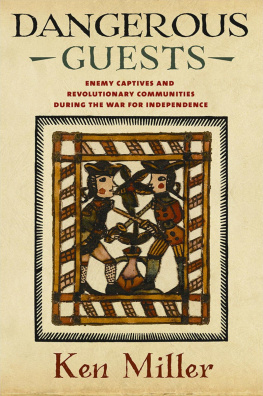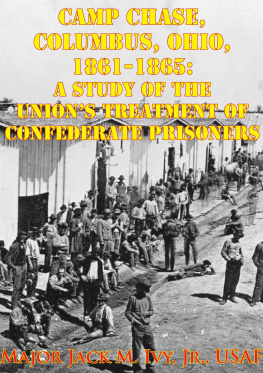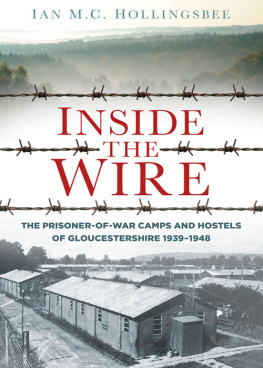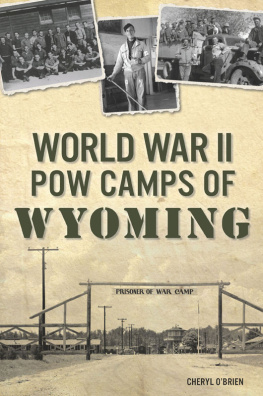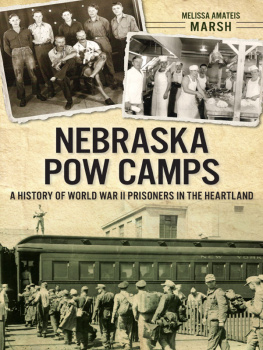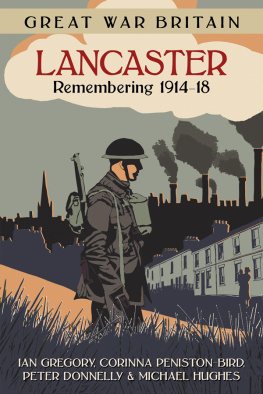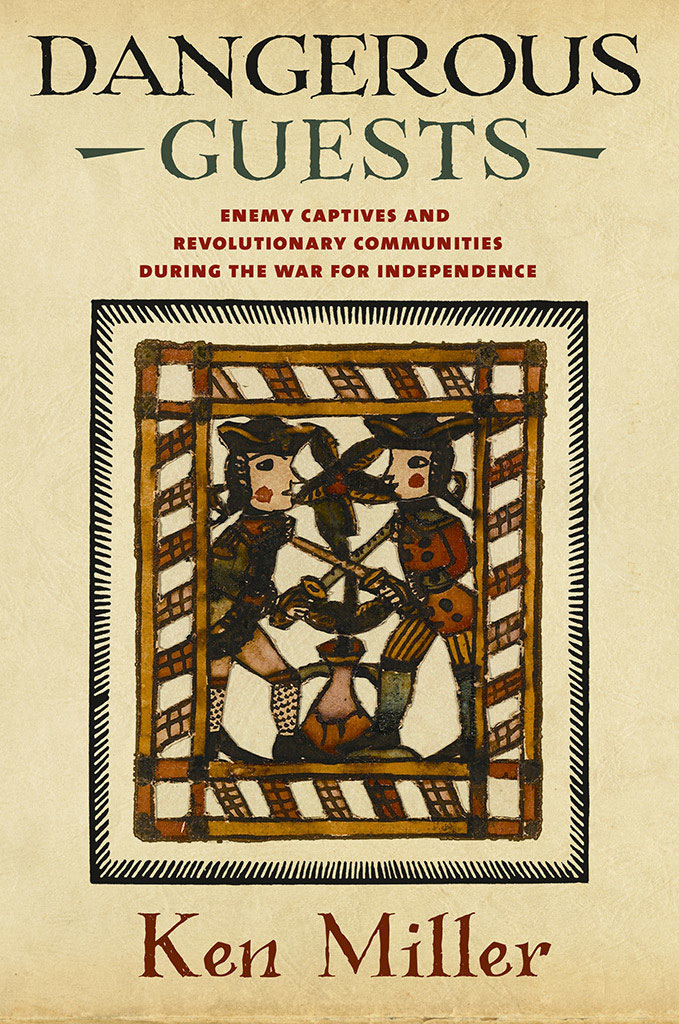DANGEROUS GUESTS
ENEMY CAPTIVES AND REVOLUTIONARY COMMUNITIES DURING THE WAR FOR INDEPENDENCE
KEN MILLER
CORNELL UNIVERSITY PRESS
Ithaca and London
CONTENTS
ACKNOWLEDGMENTS
I am deeply indebted to the many institutions, colleagues, friends, and family members whose support and assistance made this book possible. The book began at the University of California at Davis, and I offer my heartfelt gratitude to the following people for their wise counsel, generous support, and continued encouragement. John Smolenskis masterly grasp of early American historiography and Pennsylvania history proved of incalculable value. One of my favorite people, Karen Halttunen, prodded me to answer the important questions and sharpen my prose and analysis with unfailing warmth and humor. I am especially grateful and particularly indebted to Alan Bread & Water Taylor who helped me define the project from its origins. Alans high standards, patient counsel, and wry humor helped make my years in Davis among the most rewarding and memorable of my life. His professionalism and tireless commitment remain a continuing source of inspiration. Lisa Materson offered guidance above and beyond the call. Several colleagues provided welcome friendship and assistance. Andy Young shared valuable suggestions during the projects earliest stages. Robert Chester supplied characteristically pointed and good humored feedback on numerous chapters as the manuscript evolved. Mike Meloy provided pleasant company and accommodations during my research at the Library of Congress. One of my greatest personal and professional debts is to Brett Rushforth, a member of my Davis cohort who has since become like family to me. Brett read every chapter more than once, serving as a sounding board for my often ill-defined ideas while generously contributing brilliant insights of his own. Frustratingly, he frequently had a clearer sense of what I was trying to convey than I did. Most important, he never doubted that the manuscript would become a book, and his faith and friendship sustained me during the most challenging phases of the process. For the kindness and consideration of these valued friends, I remain most grateful.
I owe additional thanks to the many scholars whose contributions made this a better book than it would have been without their generous assistance. For their valuable suggestions during various stages of the books development, I am grateful to David Waldstreicher, Aaron Fogleman, Ian Steele, Caroline Cox, Wayne Bodle, Holly Mayer, Karen Guenther, and the late William Pencak. A 2007 colloquium at the Omohundro Institute of Early American History and Culture proved especially fruitful by prompting me to refine or rethink key interpretations, and I offer my deepest thanks to Fredrika Teute, Ron Hoffman, Karin Wulf, Chris Grasso, Paul Mapp, Douglas Winiarski, and Robert Parkinson. As the book neared production, Alice Thiede produced beautiful maps with remarkable speed and efficiency.
Generous fellowships from the University of California at Davis, the Library Company of Philadelphia, the Historical Society of Pennsylvania, the German Historical Institute, the Colonial Williamsburg Foundation, the David Library of the American Revolution, and Washington College facilitated the travel, research, and writing required to complete the book. Of critical importance were the vast holdings of the Historical Society of Pennsylvania, and I extend particular thanks to Max Moeller, the former Director of Research Services. James Green of the Library Company proved a gracious host throughout my stay in Philadelphia. I profited from two especially productive and enjoyable residential fellowships at the David Library of the American Revolution, my home away from home. The David Librarys astounding collections, wonderful staff, comfortable lodgings, and beautiful surroundings provided ideal conditions for scholarly research. I offer my warmest thanks to current and former staff, particularly Richard Ryerson, Will Tatum, Katherine Ludwig, and Meg McSweeney. I am also grateful to the many courteous and committed archivists and librarians at the Library of Congress, American Philosophical Society, Maryland State Archives, Maryland Historical Society, William L. Clements Library, and Lancaster County Historical Society.
Washington College, my academic home, furnished generous and sustained financial assistance. I benefited from the hard work of several gifted undergraduate research assistants, including Chris Brown, Katherine Thornton, Charles Weisenberger, Daniel Primiani, Amy Shaw, and especially Ann-Katrin Trebitz. My colleagues Carol Wilson, Clayton Black, and Katherine Maynard found time in their busy schedules to contribute helpful feedback on portions of the manuscript. Donald McColl, another colleague, offered valuable insight into the paintings by the Sussel-Washington artist. I owe a substantial debt to Pam Pears and Carol Wilson for their welcome advice and encouragement during the delicate enterprise of producing a book for tenure at an institution where faculty monographs remain rare. A hearty thanks, too, to Miller Librarys Cynthia Sutton and Carol VanVeen, who worked wonders procuring the countless volumes needed to finish the book.
A version of chapter 3 appeared previously as A Dangerous Set of People: British Captives and the Making of Revolutionary Identity in the Mid-Atlantic Interior, Journal of the Early Republic 32, no. 4 (Winter 2012): 565601. For their thoughtful and constructive feedback on that article, I thank Susan Klepp and the three anonymous reviewers.
Working with Cornell University Press has proved both a pleasure and a privilege. Amanda Heller sharpened my prose during copyediting, producing a more readable book. Ange Romeo-Hall, managing editor, steered the book through production with meticulous care and admirable expertise, fielding my many questions with patience and assurance. I will never be able to repay the debt owed to my editor Michael McGandy, who, since his first inquiry about my project several years ago, has proved both a consummate professional and an unflagging supporter. Understanding, encouraging, and remarkably patient, he expertly shepherded the manuscript through the review, revision, and production process, pushing at all the right moments and providing thoughtful, incisive feedback all along the way. I am also grateful to my two external reviewers for their faith in the manuscript and their insightful suggestions on how to improve it.
Above all, I wish to thank the members of my family, who waited a long time for this book. Though my mother, father, and brother are far from experts on the American Revolution, they contributed more to this volume than theyll ever know. The profession has carried me a long way from home, but my parents, Ken and Linda Miller, have furnished vital support and encouragement every step of the way. Amid our many anguished discussions of Germanys prospects of securing a fourth World Cup title, my brother Ric invariably inquired about the books progress. With the book finally finished, I look forward to returning home more frequently. Finally, Donna Whicher read the manuscript more times than I care to count. Time and again, with refreshing wit and insight, she clarified my muddled prose and convoluted thinking. More than anyone else, she helped make this book a reality. For that and for so much more, I will remain in her debt.
Prologue
A Community at War
On a chilly winter day in late 1778, a weary traveler passing through Lancaster, Pennsylvania, en route to a more southerly destination marveled at the inhabitants diversity of religions, nations, and languages. Yet even more astonishing to the bemused traveler was the harmony they live in. Thomas Anbureys observation was hardly novel. Lancaster had long evoked similar reactions from visitors unacquainted with the striking diversity of the mid-Atlantic interior. Centrally located some sixty miles west of Philadelphia and ten miles east of the winding Susquehanna River, Lancaster exemplified the pluralism of the Pennsylvania hinterland. Founded more than four decades earlier, the town was now home to German, English, and Scots Irish settlers whose faiths ranged from Anglican and Presbyterian to Lutheran and Reformed.

